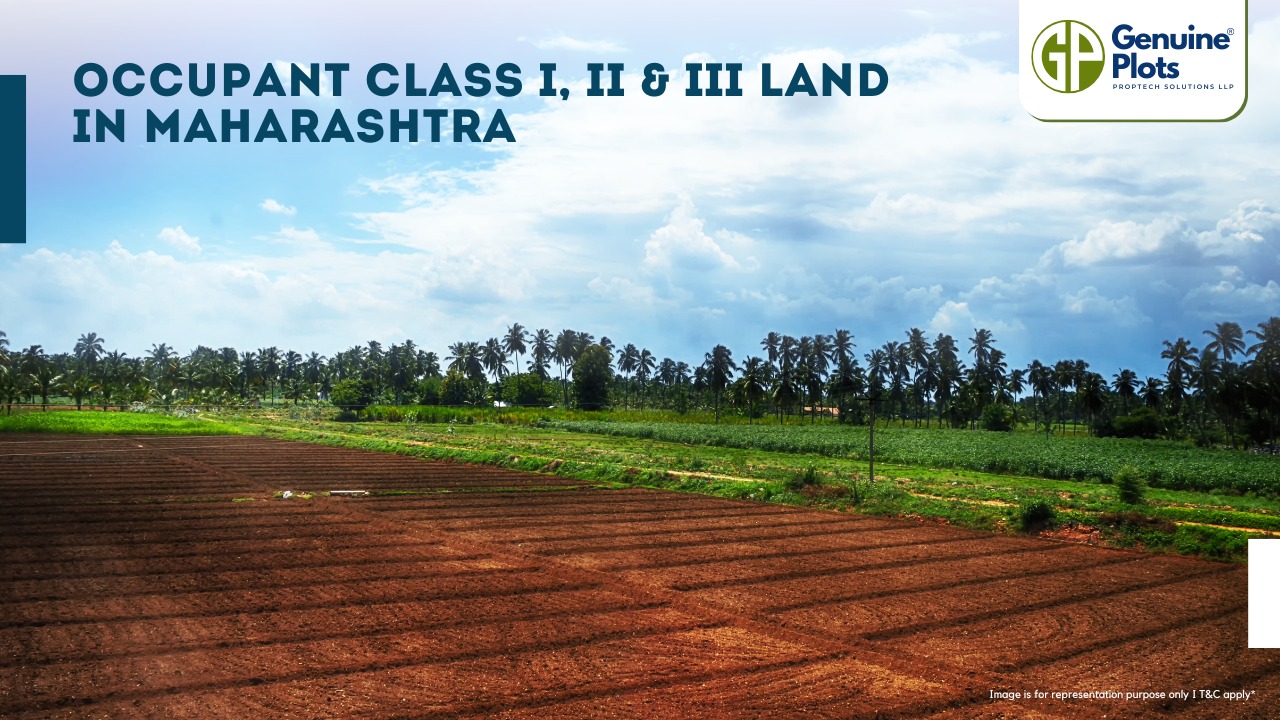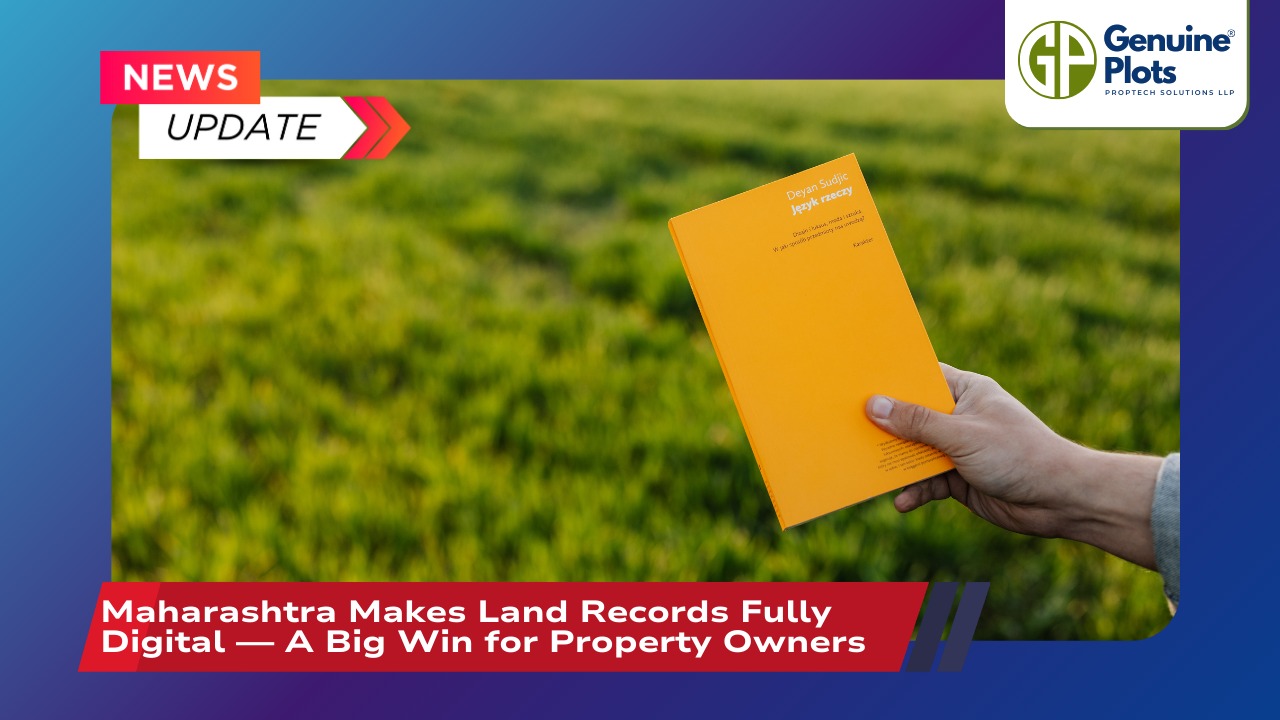Prev Post
How to Know Whether Land Is Agricultural or Not in Maharashtra1. What is an Occupant?
- A person who legally holds and uses government land (unalienated land).
- Not a tenant, not a trespasser, not a temporary user.
- The Maharashtra Land Revenue Code (MLRC 1966) divides such landholders into classes.
Class I, Class II and Class III (Government Lessee)
2. Occupant – Class I
- Full rights over the land.
- Can sell, gift, transfer or mortgage the land without restrictions (in most cases).
- Land is almost like freehold land.
- Land is highly valuable and easy to transfer.
- People who had strong land rights before 1966 usually fall in this class.
3. Occupant – Class II
- Have land in perpetuity (permanent), but with restrictions.
- Cannot sell or transfer land freely.
- They need Collector / Government permission for any sale or transfer.
- If they transfer without permission, the land can go back to the government.
- Land value is lower due to restrictions.
- Some older leaseholders (long-term leases) also fall under this class.
4. Class II Land Conversion (Upgradation to Class I)
- Class II land can be changed to Class I by applying to the Collector.
- Requires paying a premium (a fee decided by the government).
- After conversion, the land becomes fully transferable and more valuable.
5. Occupant Class III (Government Lessee)
(Commonly known as Class III, although legally called Government Lessee)
- This land is leased by the government to a person or institution.
- You do not own the land — you only have the right to use it.
- Very strict rules and almost no right to sell or transfer.
- Mostly given for special purposes like:
- School, hospital, public use land
- Temple or religious land (Devsthan Inam)
- Old service-related grants (Saranjam)
- Banks usually do not give loans on such land.
- Market value is very low because it cannot be sold freely.
6. Why Understanding These Classes is Important
- Helps you know whether you can buy or sell the land.
- Helps you understand whether you can get a loan on the land.
- Helps avoid legal problems if land has restrictions.
- Helps you plan construction, development, or investment safely.
7. How to Check the Land Class
- Check the 7/12 extract or land documents.
- Ask at the Talathi office, Tehsildar office or Collector office.
- A property lawyer can confirm the land class easily.
8. Summary
- Class I = Full rights, free to sell, best for investment.
- Class II = Restricted rights, need government permission to sell.
- Class III (Government Lessee) = No ownership, cannot sell, very restricted.


.jpg)




